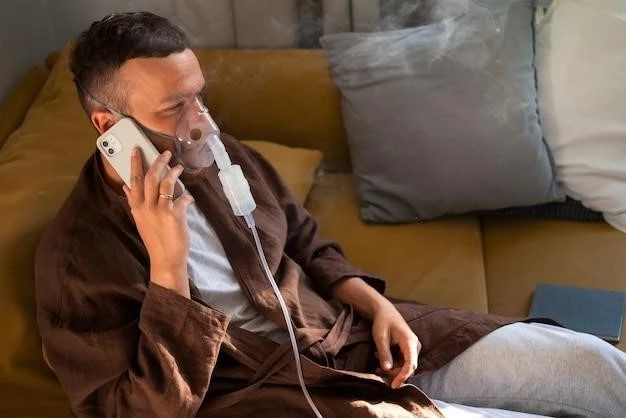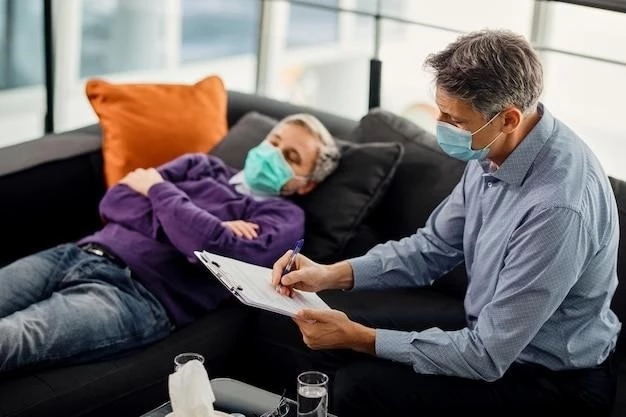Article Plan⁚ Disease ー Vagabonds Disease
Introduction to Vagabonds Disease
Vagabonds Disease‚ also known as Pediculosis Corporis‚ is a skin condition caused by body lice (Pediculus humanus humanus) that lay their eggs in the seams of clothing. This condition typically arises in situations of overcrowding‚ poor hygiene‚ and natural disasters. Individuals with chronic body lice infestations can develop a skin thickening and discoloration termed vagabond or hobo disease. The condition manifests as skin darkening and hardening in heavily bitten areas‚ commonly observed in the mid-section of the body. It is crucial to address personal hygiene and regularly change and launder clothing to prevent and manage this condition effectively.
Causes and Transmission
Vagabonds Disease‚ also known as Pediculosis Corporis‚ is caused by body lice laying their eggs on clothing. The infestation occurs through close bodily contact or by sharing infested clothing. Itching is a common complaint‚ leading to excoriations and brownish hyperpigmentation in chronic cases. Individuals with long-term infestations can develop a skin condition termed vagabond or hobo disease‚ characterized by skin darkening and thickening in heavily bitten areas.
Clinical Presentation
Vagabonds Disease‚ or Pediculosis Corporis‚ presents with skin darkening and thickening in heavily bitten areas due to body lice infestation. It may manifest as urticarial papular and hemorrhagic lesions‚ excoriations‚ lichenification‚ and hyperpigmentation‚ mainly on the trunk‚ abdomen‚ and buttocks. Proper diagnosis and treatment play a key role in managing this condition effectively.

Diagnosis and Differential Diagnosis
Diagnosing Vagabonds Disease involves identifying the characteristic skin darkening and thickening in areas of body lice infestation. Differential diagnoses may include acquired pigmentary disorders‚ skin abrasions‚ and other skin conditions. It is important to consult a healthcare professional for an accurate diagnosis and appropriate management plan.
Treatment of Vagabonds Disease
The treatment of Vagabonds Disease involves improving personal hygiene‚ changing and laundering clothing regularly‚ and using medications to eliminate body lice infestations. It is essential to follow the advice of healthcare professionals to effectively manage and eradicate the condition. Consult with a healthcare provider for the most suitable treatment options.
Prevention Strategies
Preventing Vagabonds Disease involves maintaining good personal hygiene‚ regularly changing and laundering clothing‚ and avoiding sharing infested clothing. It is important to educate oneself and others on the importance of cleanliness to prevent body lice infestations and subsequent skin issues. Seeking medical advice promptly can help in addressing any potential infestations effectively;
Complications Associated with Vagabonds Disease
Vagabonds Disease can lead to complications such as skin thickening and discoloration in heavily bitten areas‚ known as vagabond or hobo disease. Long-term body lice infestations can result in urticarial papular and hemorrhagic lesions‚ excoriations‚ and hyperpigmentation‚ especially on the trunk‚ abdomen‚ and buttocks. Seeking medical advice promptly is crucial to prevent and manage these complications effectively.
Historical Perspective and Epidemiology
Vagabonds Disease‚ or Pediculosis Corporis‚ has been a longstanding skin condition caused by body lice infestations throughout history. Associated with overcrowding‚ poor hygiene‚ and challenging living conditions‚ the epidemiology of this disease highlights the importance of sanitation and hygiene practices in preventing and managing outbreaks. Understanding the historical context and epidemiological factors can provide insights into the impact and persistence of Vagabonds Disease in various populations over time.
Impact of Vagabonds Disease on Public Health
Vagabonds Disease‚ caused by body lice infestations‚ can have implications on public health due to its association with poor hygiene and overcrowding. The condition’s impact includes skin issues‚ chronic infestations‚ and potential complications like urticarial lesions and hyperpigmentation. Addressing Vagabonds Disease through education‚ sanitation measures‚ and timely treatment is crucial in minimizing its public health burden;
Research and Future Directions
Research on Vagabonds Disease‚ also known as Pediculosis Corporis‚ aims to explore innovative treatments‚ preventive strategies‚ and the epidemiology of body lice infestations. Future directions may include advancements in lice control methods‚ public health interventions‚ and raising awareness about the importance of hygiene in minimizing the impact of this condition. Stay informed about ongoing research initiatives to contribute to the management and prevention of Vagabonds Disease.

